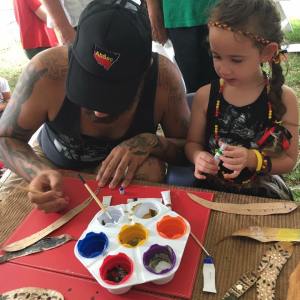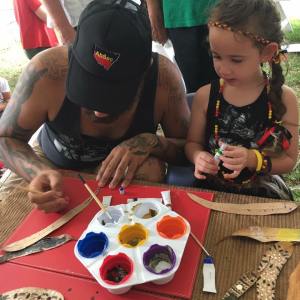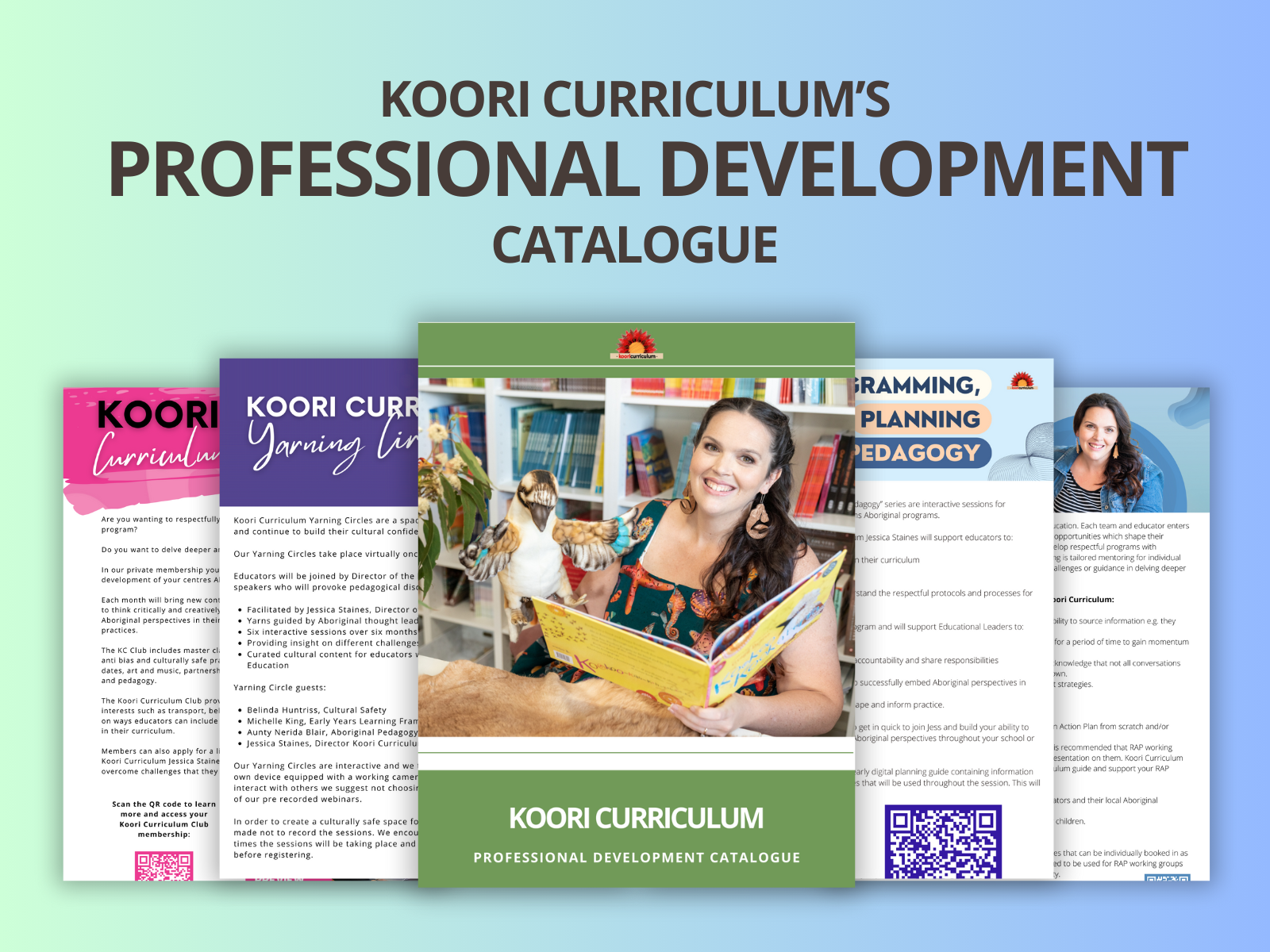
Let’s talk about pasta flags, stencil boomerangs and all that falls in between.

Is it really better to do something than to do nothing at all? Absolutely, but only if you know why it is that you’re doing that something in the first place.
Including Aboriginal perspectives in our curriculums is essential for cultural preservation and respect of the world’s oldest living Indigenous culture. For non-Indigenous children, it’s about breaking the cycle of bias and for Aboriginal children it’s about belonging, being, becoming, thriving and surviving.
Not enough Aboriginal children access early learning services and as a direct result they start primary school on the back foot and begin their formal education behind their non-Indigenous peers. There are several reasons that attribute to families choosing to keep their kids at home which are mainly; affordability and lack of transport. However, the core reason Aboriginal children are not attending preschool is because their parents don’t feel that mainstream early learning services are culturally safe.
The mistrust that Aboriginal families have towards mainstream institutions is intergenerational and the catalyst for this can be traced back to discrimination and abuse that Aboriginal people experienced historically at the hands of teachers. Giving lip service and verbally stating how your service shows respect towards the traditional owners of this land will fall on deaf ears no matter how sincere and meaningful your practices are. There must be visual signals around an early learning service that creates a feeling of belonging and respect for Aboriginal families and the community.
When I first began working in early childhood I was an untrained teenager who struggled with my own feelings of identity and what it meant to be a young white urban Wiradjuri woman. However, I desperately wanted to share my culture with children. How this transcended into practice was by painting the Aboriginal flag, reading “dream time” stories and making toilet paper roll (yes, we used them then) didgeridoos. As stereotypical as my experiences were when I began my career they definitely weren’t offensive. At least they weren’t offending any of the Aboriginal people I knew and met through my work place.
I was so proud of my efforts. I was so proud because my fellow educators, parents at the service and Aboriginal families in the community were stoked that Aboriginal culture was being shared and celebrated in the early years.
As I continued my training and engaged in more life experiences personally and professionally my practices changed, grew and deepened. Thirteen years later I look back to where I started and perhaps those experiences were tokenistic and theme based but I still know now what I knew back then and that is why it was important to try, to start and to do something.
I am still learning. Even though this is my culture, even though I run an Aboriginal early childhood consultancy, I am still learning. Part of being an educator is also being a lifelong learner, these two roles are symbiotic and we cannot be one without also being the other. We cannot be threatened by our not knowing. We have to be researchers and problem solvers but most of all we need to be open. We need to be open to others who have walked the walk longer and can help us to pave the way forward. Even those that have not walked longer can challenge us to think differently and scaffold our understanding.
We are not embedding culture into our services for the glory, the praise and the pat on the back. We are doing this to change the life outcomes for Aboriginal children and to actively teach and live by social justice and anti-bias principles.



